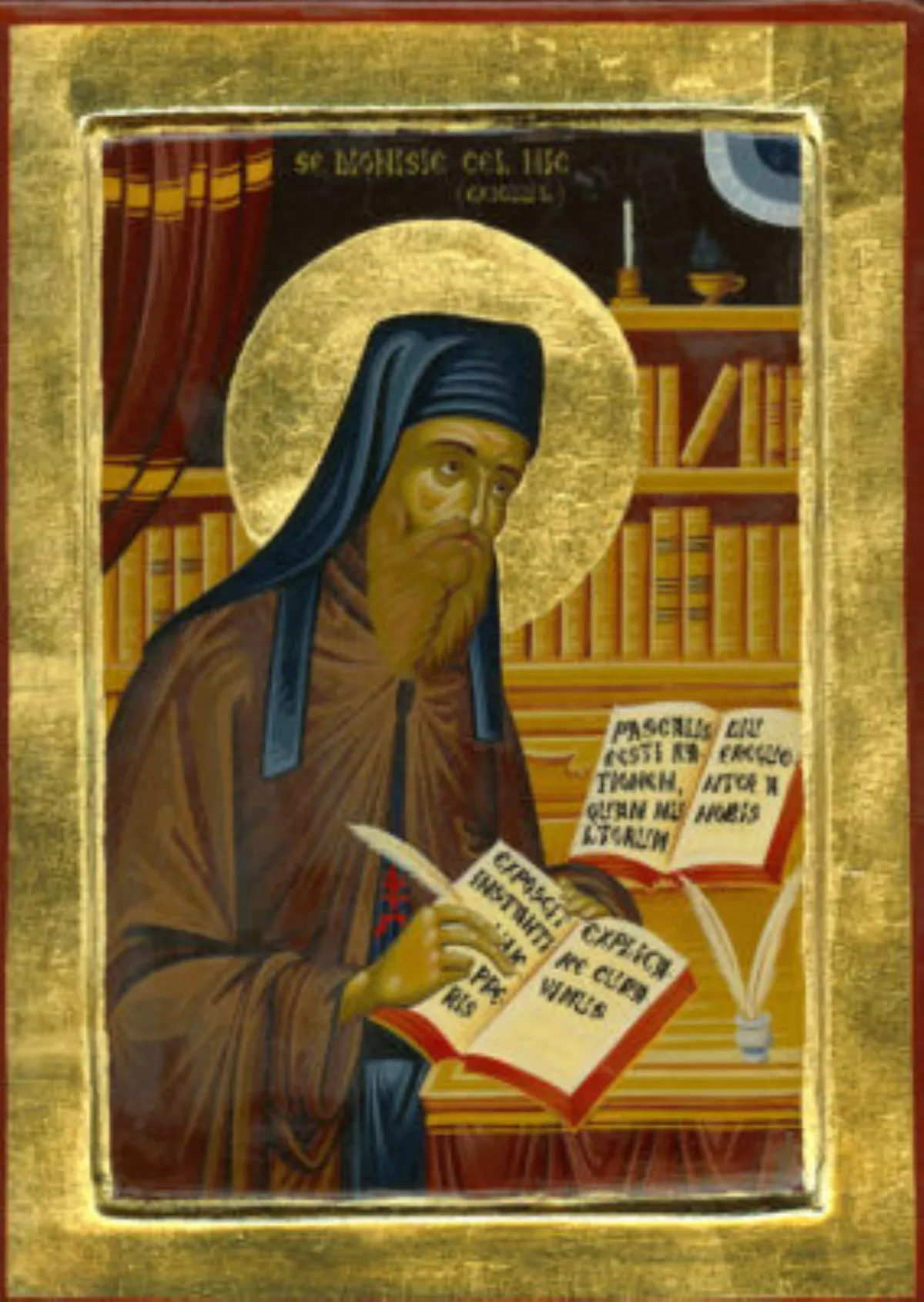 1.
1. Dionysius Exiguus was a 6th-century Eastern Roman monk born in Scythia Minor.

 1.
1. Dionysius Exiguus was a 6th-century Eastern Roman monk born in Scythia Minor.
Dionysius Exiguus was a member of a community of Scythian monks concentrated in Tomis, the major city of Scythia Minor.
From around the year 500 until his death, Dionysius Exiguus lived in Rome.
Dionysius Exiguus translated 401 Church canons from Greek into Latin, including the Apostolic Canons and the decrees of the First Council of Nicaea, First Council of Constantinople, Council of Chalcedon, and Council of Sardica, and a collection of the decretals of the popes from Siricius to Anastasius II.
The author of a continuation of Dionysius Exiguus's Computus, writing in 616, described Dionysius Exiguus as a "most learned abbot of the city of Rome", and the Venerable Bede accorded him the honorific abbas.
Dionysius Exiguus was a thorough catholic Christian and an accomplished Scripturist.
The dubious assertion, based on a single Syriac source, that the Eastern-Roman rebel general Vitalian, to whom Dionysius Exiguus seems to have been related, was of Gothic extraction was the basis for labelling, without any further evidence, all of the Scythian monks, Dionysius Exiguus included, as "Goths".
The translation of St Cyril of Alexandria's synodical letter against Nestorius, and some other works long attributed to Dionysius Exiguus are now acknowledged to be earlier and are assigned to Marius Mercator.
Dionysius Exiguus is best known as the inventor of Anno Domini dating, which is used to number the years of both the Gregorian calendar and the Julian calendar.
Dionysius Exiguus used it to identify the several Easters in his Easter table, but did not use it to date any historical event.
Dionysius Exiguus invented a new system of numbering years to replace the Diocletian years that had been used in an old Easter table because he did not wish to continue the memory of a tyrant who persecuted Christians.
In 525, Dionysius Exiguus prepared a table of 95 future dates of Easter and a set of rules explaining their calculation.
Dionysius Exiguus introduced his table and arguments via a letter to a bishop Petronius and added another explanatory letter.
Dionysius Exiguus ignored the existing table used by the Patriarchate of Rome, which was prepared in 457 by Victorius of Aquitaine, complaining that it did not obey Alexandrian principles, without actually acknowledging their existence.
Dionysius Exiguus' Paschal table owes its strong structure to his distant predecessor Anatolius, who invented the Metonic 19-year lunar cycle, which is an application of the Metonic cycle in the Julian calendar.
Dionysius Exiguus copied the last decennovenal cycle of the Cyrillian table ending with Diocletian 247, and then added a new 95-year table with numbered Anni Domini Nostri Jesu Christi because, as he explained to Petronius, he did not wish to continue the memory of a tyrant who persecuted Christians.
Dionysius Exiguus knew that Victorian Easters did not agree with Alexandrian Easters, thus he no doubt assumed that they had no bearing on any Alexandrian cycle.
Dionysius Exiguus' method had actually been used by the Church of Alexandria at least as early as 311, and probably began during the first decade of the 4th century, its dates naturally being given in the Alexandrian calendar.